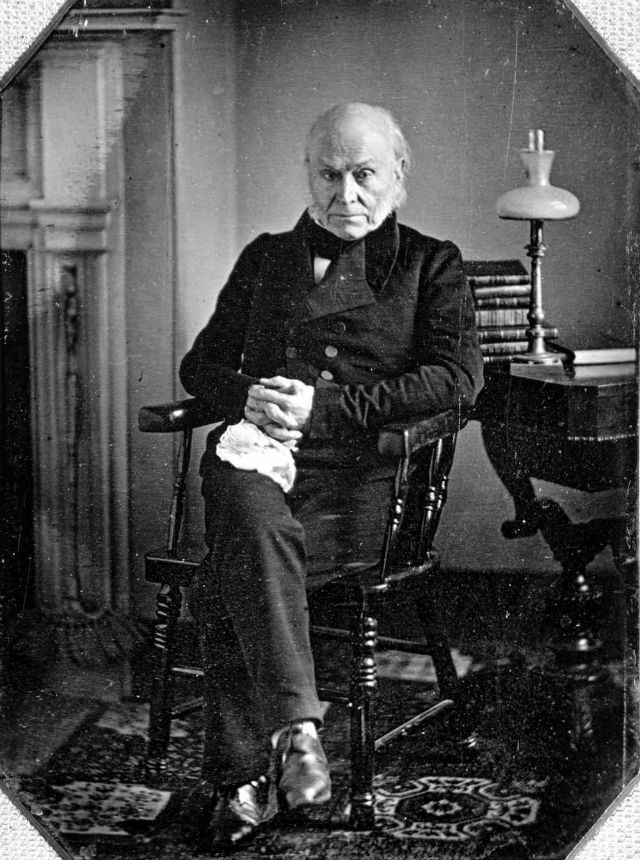As Ingranation approaches, let’s delve into the lives and achievements of the 46 other individuals who have held the esteemed position of President of the United States.
John Quincy Adams, 6th President of the United States of America
Birth and Death:
Born: July 11, 1767, in Braintree (now Quincy), Massachusetts.
Died: February 23, 1848, in Washington, D.C.
Top 3 Accomplishments as President:
Federal Investment Program
Adams championed an ambitious federal investment program in infrastructure, including roads, canals, and education. This vision was part of his "American System," aiming to unify the nation and foster economic growth.
Established the U.S. education system
Adams advocated for the establishment of a national university and the development of scientific institutions. Although his proposals were not fully realized during his presidency, they reflected his forward-thinking approach to national development.
Strengthened diplomatic ties
Building on his extensive diplomatic experience, Adams sought to strengthen U.S. foreign relations. Notably, he supported the Panama Congress (1826), aiming to foster American cooperation, though domestic political opposition limited its impact.
Top 3 Accomplishments as a Civilian:
Architect of the Monroe Doctrine and Treaty of Ghent
Adams negotiated the Treaty of Ghent (1814), ending the War of 1812 with Great Britain. As Secretary of State (1817–1825), Adams was the principal architect of the Monroe Doctrine, asserting U.S. opposition to European colonial interference in the Americas.
Arguing the Amistad Case in front of the Supreme Court
After his presidency, Adams served in the U.S. House of Representatives (1831–1848). He became a leading voice against slavery, famously arguing the Amistad case (1841) before the Supreme Court, securing the freedom of enslaved Africans who had revolted aboard a ship.
Support for First Amendment Rights:
Adams fiercely defended the right to petition, especially against efforts to impose the "gag rule," which sought to prevent anti-slavery petitions from being discussed in Congress. His efforts were crucial in repealing the gag rule in 1844.
He was also the only President to serve in Congress (1831 - 1848) after his presidency and the first to be Photographed.


No comments:
Post a Comment